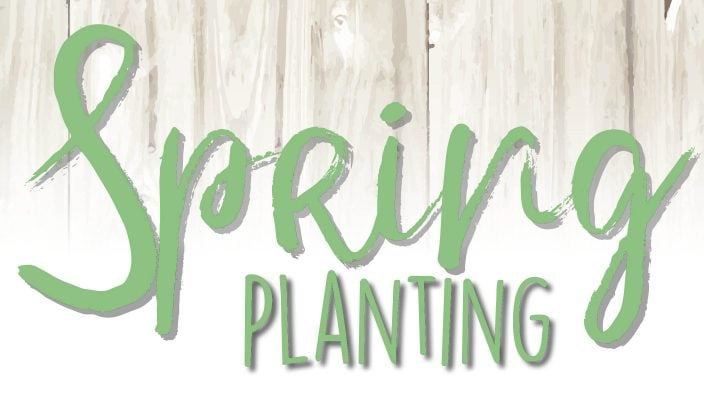Applications for Ohio Farm Bureau Health Plans now available
Members have three ways to apply: contacting a certified agent, calling 833-468-4280 or visiting ohiofarmbureauhealthplans.org.
Read MoreWhen the snow starts to melt and the ground thaws, many are itching to get outdoors and start planting their garden for the summer season. But planting different seeds at the same time may not be the best option for a successful year in the garden.
REAP WHAT YOU SOW
Many of us start seeds indoors before the last frost in the spring, but it is important to research if those plants do well when being transplanted outdoors or if it is best to wait and plant the seeds straight into the ground. Once seeds are planted in the ground, it is best to keep an eye on the weather, particularly earlier in the planting season. If there is a chance of frost, cover the plants to prevent damage.
This chart shows when to plant seeds, how deep in the ground, days to maturity and the estimated amount of yield per 25 feet of row. This will help provide a garden that is plentiful this summer and fall.
One Gardener’s Perspective
Patricia Rawlinson of Gallia County has been gardening for four years. She researched when to plant different types of seeds and what conditions they need to thrive indoors before being transplanted outdoors. Rawlinson’s planting journey has involved a lot of experimenting and the attitude of “why not try this and see what happens.”
Growing her own food is important to Rawlinson because, she said: “I want to make sure we have a consistent food source. I don’t want to eat the same seven kinds of lettuce you find at the grocery store when there are many more available.”
Living on a little less than two acres on a rolling hillside, Rawlinson uses raised beds for her garden. She decided to border the beds with Vinca flowers. When purchasing the flowers, she quickly realized the price to buy plants was significantly more expensive than if she planted them as seeds herself. “I started thinking I could save money by starting the plants early indoors,” she said.
Rawlinson suggests gardeners think creatively. Before going on a month-long trip, she noticed her seedlings were getting too big for their containers. The solution was planting them in a dirt-filled wheelbarrow, moving them to a sunny spot and giving them a good drink of water. When she returned, the plants were ready to go in the ground.
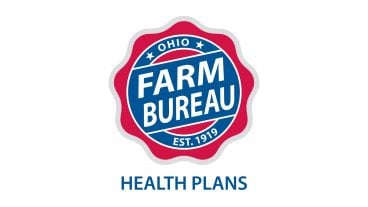
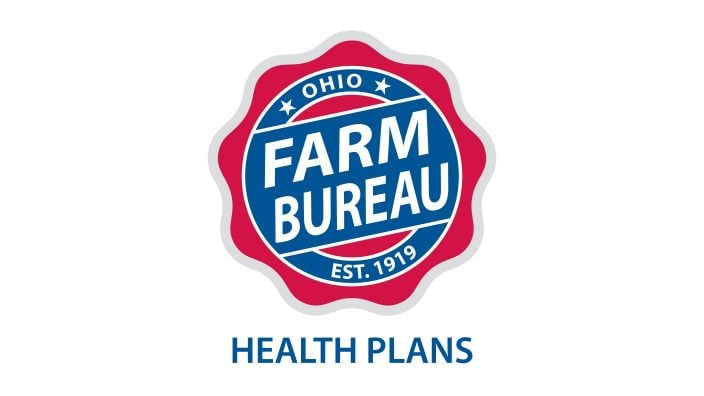
Members have three ways to apply: contacting a certified agent, calling 833-468-4280 or visiting ohiofarmbureauhealthplans.org.
Read More
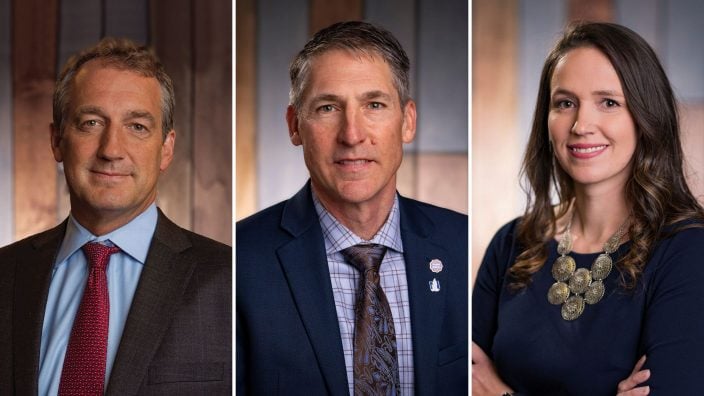
Bill Patterson, Cy Prettyman and Adele Flynn will continue to serve as officers for Ohio Farm Bureau Federation.
Read More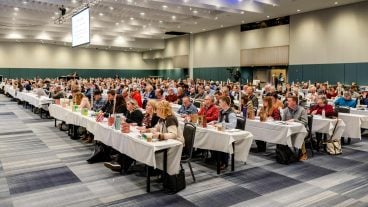

Delegates discussed many topics impacting agriculture including farmland preservation, local foods, and succession planning.
Read More
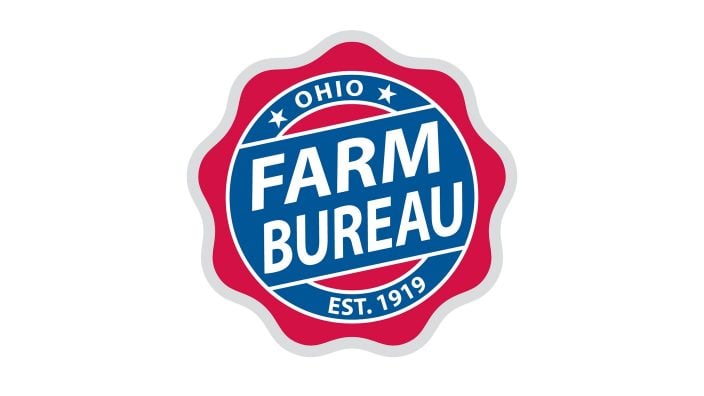
Twenty-six farmers govern the state’s largest farm and food organization.
Read More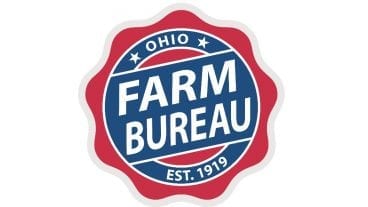

The 2025 recipients are Fred Cooke (posthumous) of Richland County, Marvin Dietsch of Williams County, Steven Knollman of Hamilton County and Michele Miller (posthumous) of Ottawa County.
Read More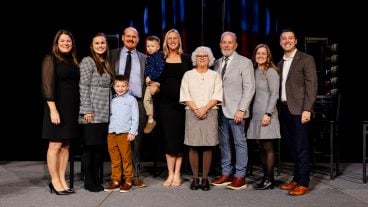
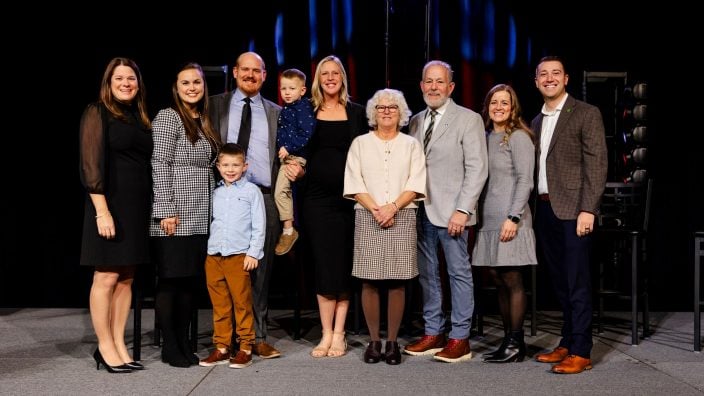
Nathan and Jill Parriman grow seasonal crops, including Christmas trees, pumpkins and cut flowers, providing U-cut experiences that invite customers to engage directly with agriculture.
Read More
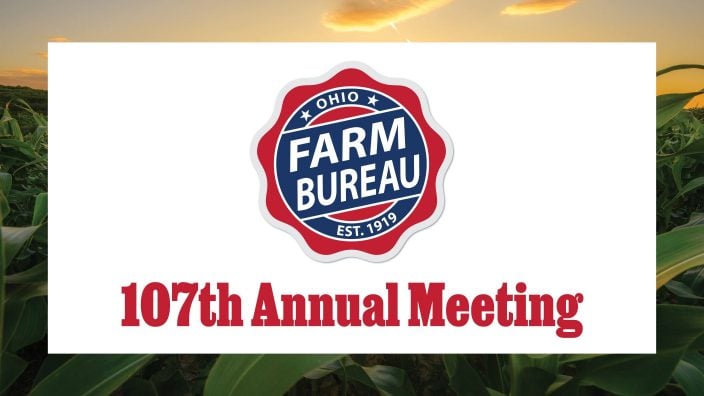
The 2025 Distinguished Service Award recipients are Craig Adams, Mike Townsley, and Kellogg Farms, Kurt Farms and Stateler Family Farms.
Read More

Ohio Farm Bureau Treasurer Adele Flynn participated in the meeting, representing Ohio farmers.
Read More

For Ohio and PJM region, the outlook is reassuring—ample reserves and strong planning should keep the power on.
Read More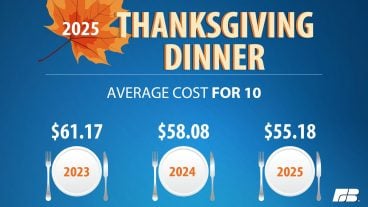
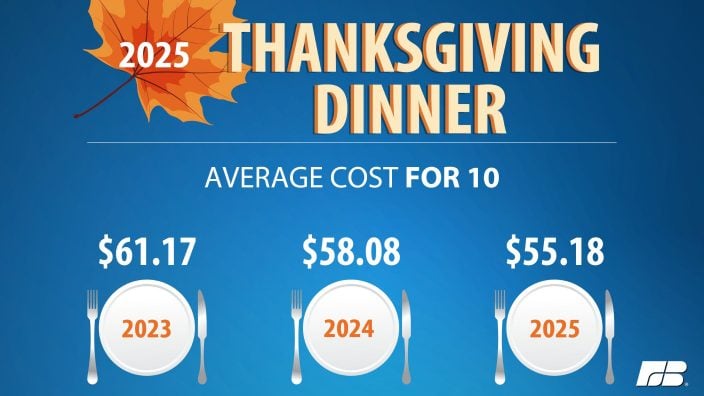
The average price for a classic holiday feast for 10 in Ohio will cost $55.87.
Read More